
Mountain hare numbers on moorlands in the eastern Highlands have declined to less than one per cent of their historic levels, according to a newly published long-term scientific study. The blame, say the study's authors, lies chiefly with intensive culling of hares on grouse moors.
The study, carried out by RSPB Scotland and the Centre for Ecology & Hydrology, looked at six decades-worth of consistent spring counts on moorland managed for red grouse shooting, and on neighbouring mountain land.
From 1954 to 1999 the mountain hare population on moorland sites decreased by nearly 5% every year. This long-term moorland decline is likely to be due to land use changes such as the loss of grouse moors to conifer forests, they say, and is reflective of wider population declines that mountain hares are facing across their range.
However, from 1999 to 2017 the scale of the moorland declines increased dramatically to over 30% every year, leading to counts in 2017 of less than one per cent of original levels in 1954. Meanwhile, on higher ground not managed for grouse shoting the decline was less marked. Critics of grouse moor management practises suggest this precipitous decline is down to intensive - and to date unregulated - culling of hares by shooting estates.
"The dominant land use in these sites was intensive grouse moor management" say the study's authors.
"Here, the unregulated practice of hare culling as a form of disease control, ostensibly to benefit red grouse, has become part of the management of many estates since the 1990s, despite the absence of evidence that it has any beneficial impact on total numbers of grouse shot."
Dr Adam Watson, of the Centre for Ecology & Hydrology, who was lead author of the work, said:
"Having reached the age of 88 I am both delighted and relieved to see this paper published in the Journal of Applied Ecology. Having counted mountain hares across the moors and high tops of the eastern Highlands since 1943, I find the decline in numbers of these beautiful animals both compelling and of great concern.
"We need the Scottish Government and Scottish Natural Heritage to take action to help these iconic mammals of the hill - I hope they will listen to the voice of scientific research."
Conservation campaigners are currently working to try to persuade the Scottish Government to regulate hare culling.
Moorland managers, however, say they find the study's conclusions "staggering".
The Scottish Moorland Group (SMG) claim that culling is only carried out when necessary, and that only 7-14% are shot, a figure it says is "eminently sustainable".
Speaking to BBC Scotland, SMG director, Tim Baynes, said: "We think [the study] has come to totally the wrong conclusions and I think it needs to be looked at very carefully.
"It's very much at odds with our members' experience. A lot of them are finding, and Scottish Natural Heritage acknowledge this as well, that the levels of mountain hares on managed grouse moors can be extremely high.
"It is simply not that they are disappearing. They are actually quite difficult to contain sometimes."
The Mountain hare is the UK's only native hare and was listed as Near Threatened in a recent review by the Mammal Society, indicating that the species is of conservation concern in the UK.
Duncan Orr Ewing, Head of Species and Land Management at RSPB Scotland said:
"The mountain hare is a keystone native species of the Scottish uplands. This authoritative research suggests that we should be very concerned about its population status in its former strongholds. We consider that large-scale population reduction culls are both illegal under EU law and unwarranted as a method for controlling grouse disease.
"Management of this species should now be more tightly controlled by Scottish Natural Heritage to safeguard mountain hare populations. We expect this subject to be given thorough consideration by the current independent grouse moor enquiry, which is looking at how grouse moors can be managed sustainably and within the law."
You can read the paper here



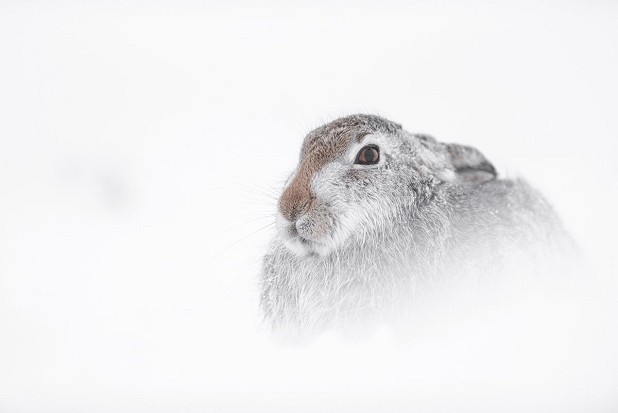
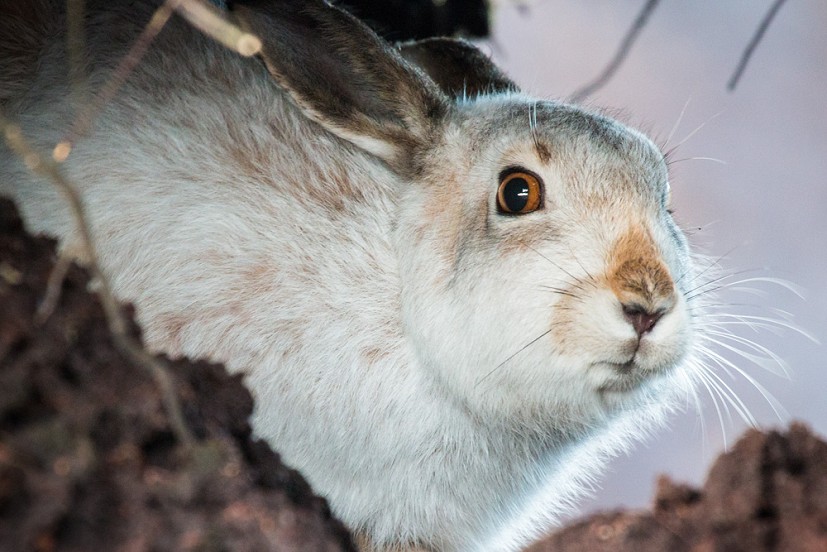





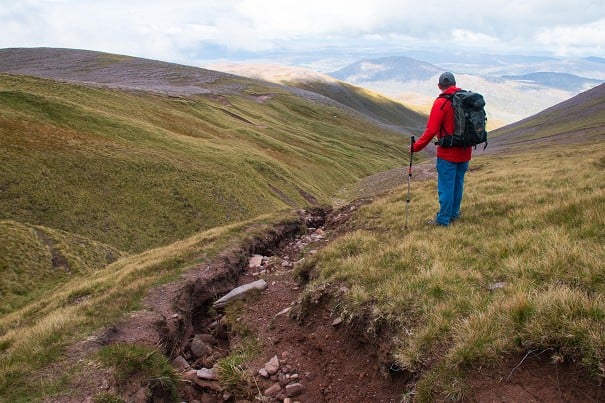
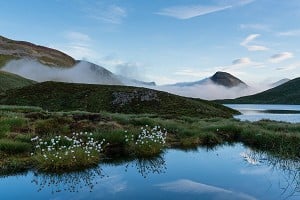
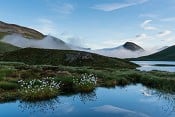


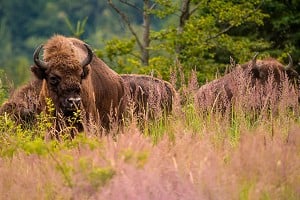


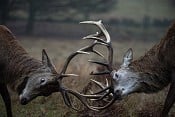
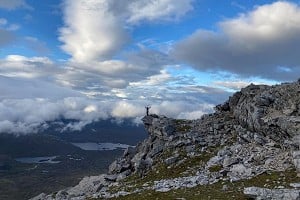
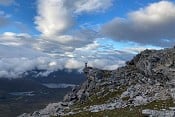
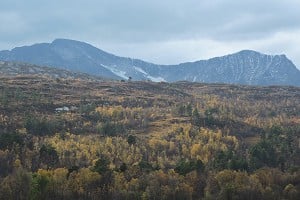

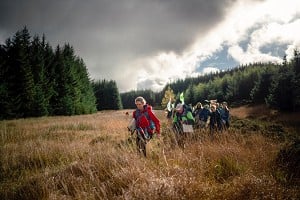

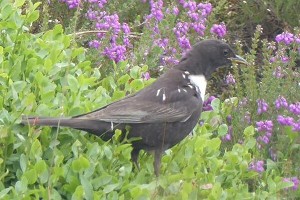
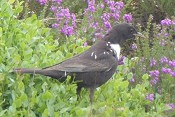
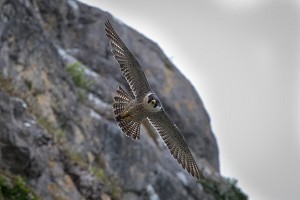



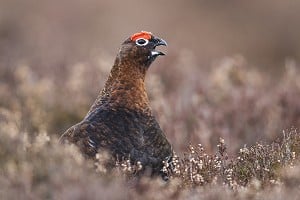
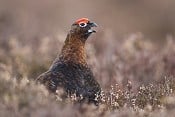


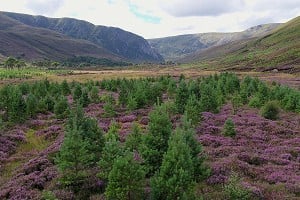

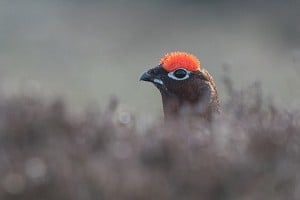
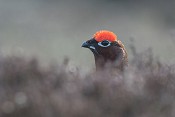


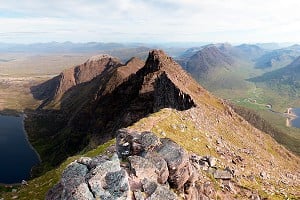

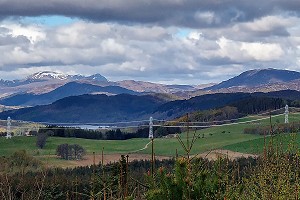
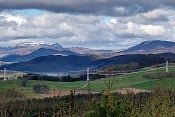

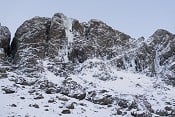


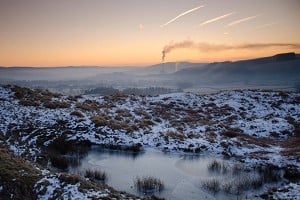

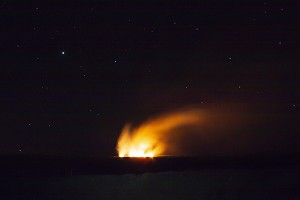
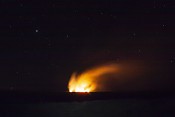



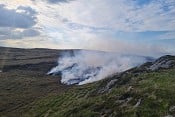
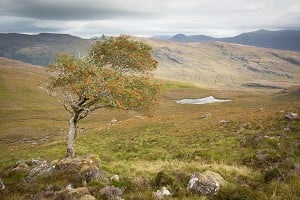
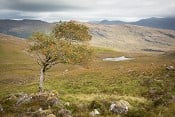

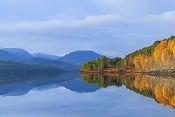
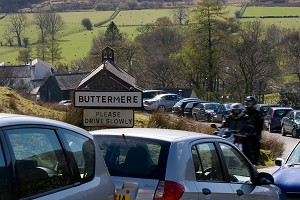
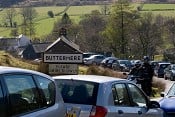
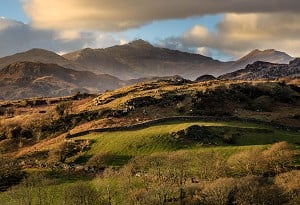
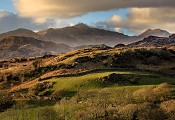
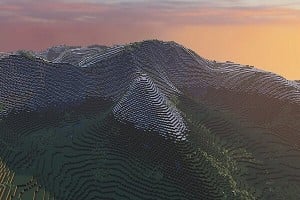

Comments
Wonderful photos but really sad news. I was pleased to see lots of these beautiful creatures in the reasonably wild land east of Mount Keen last week.